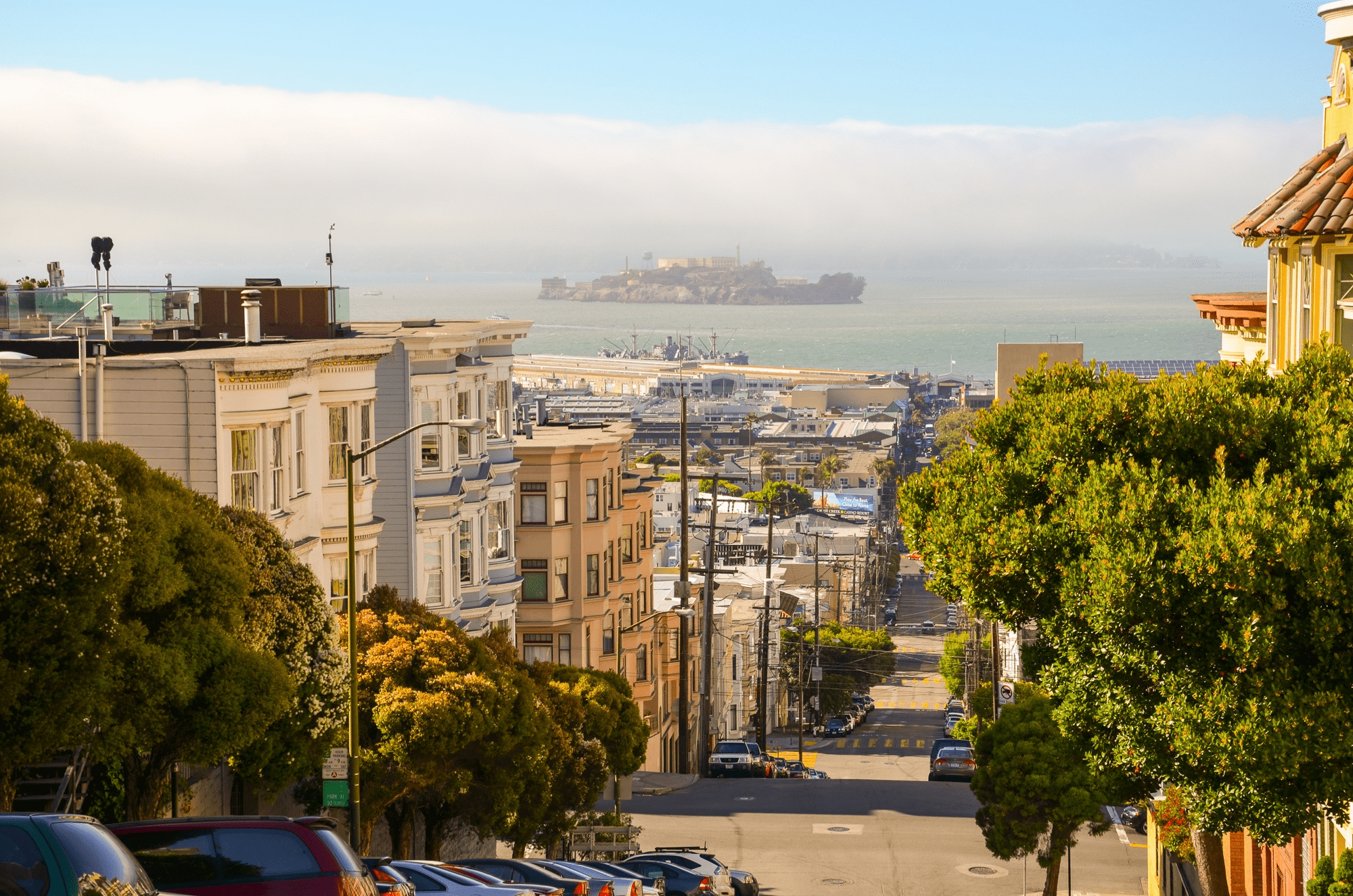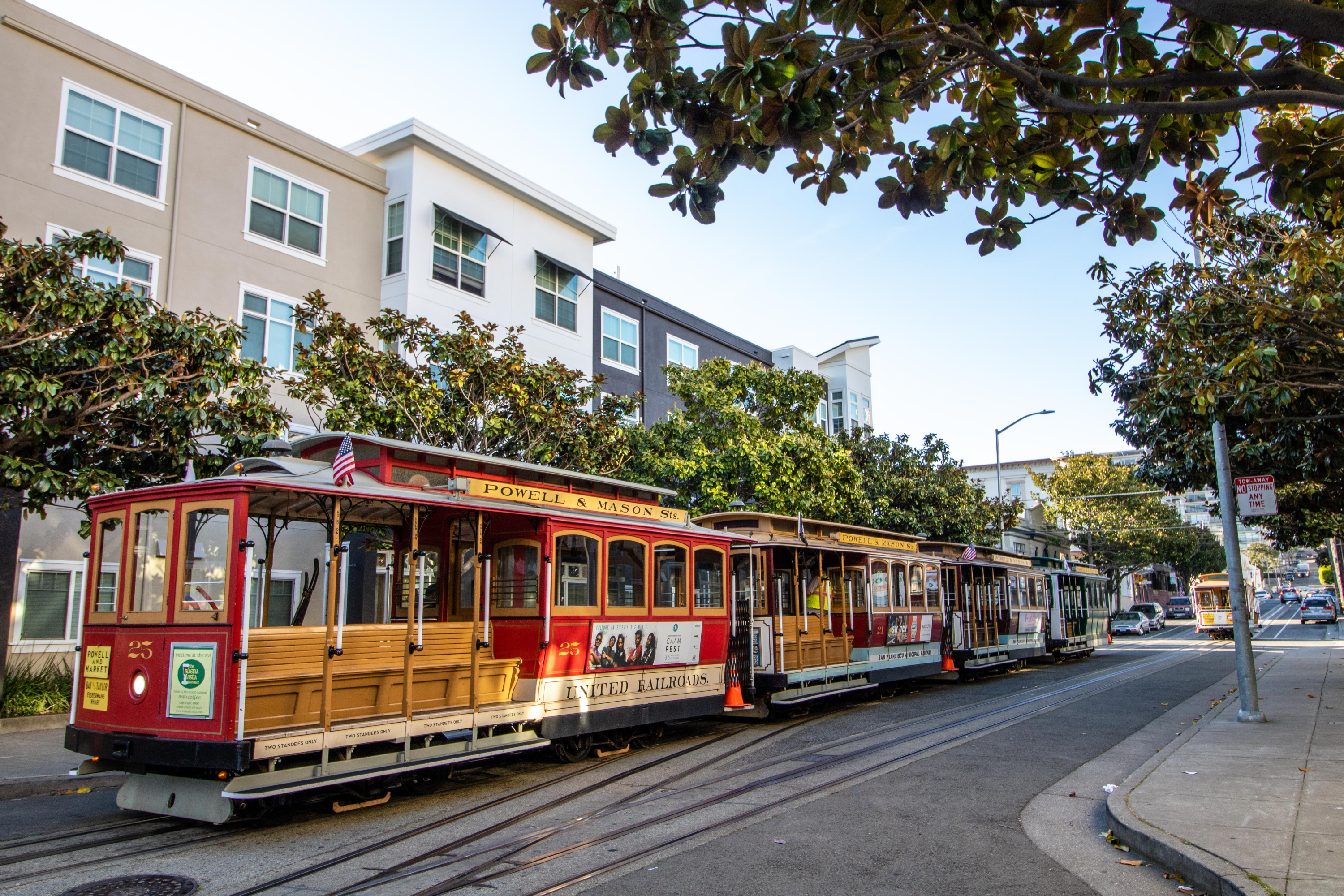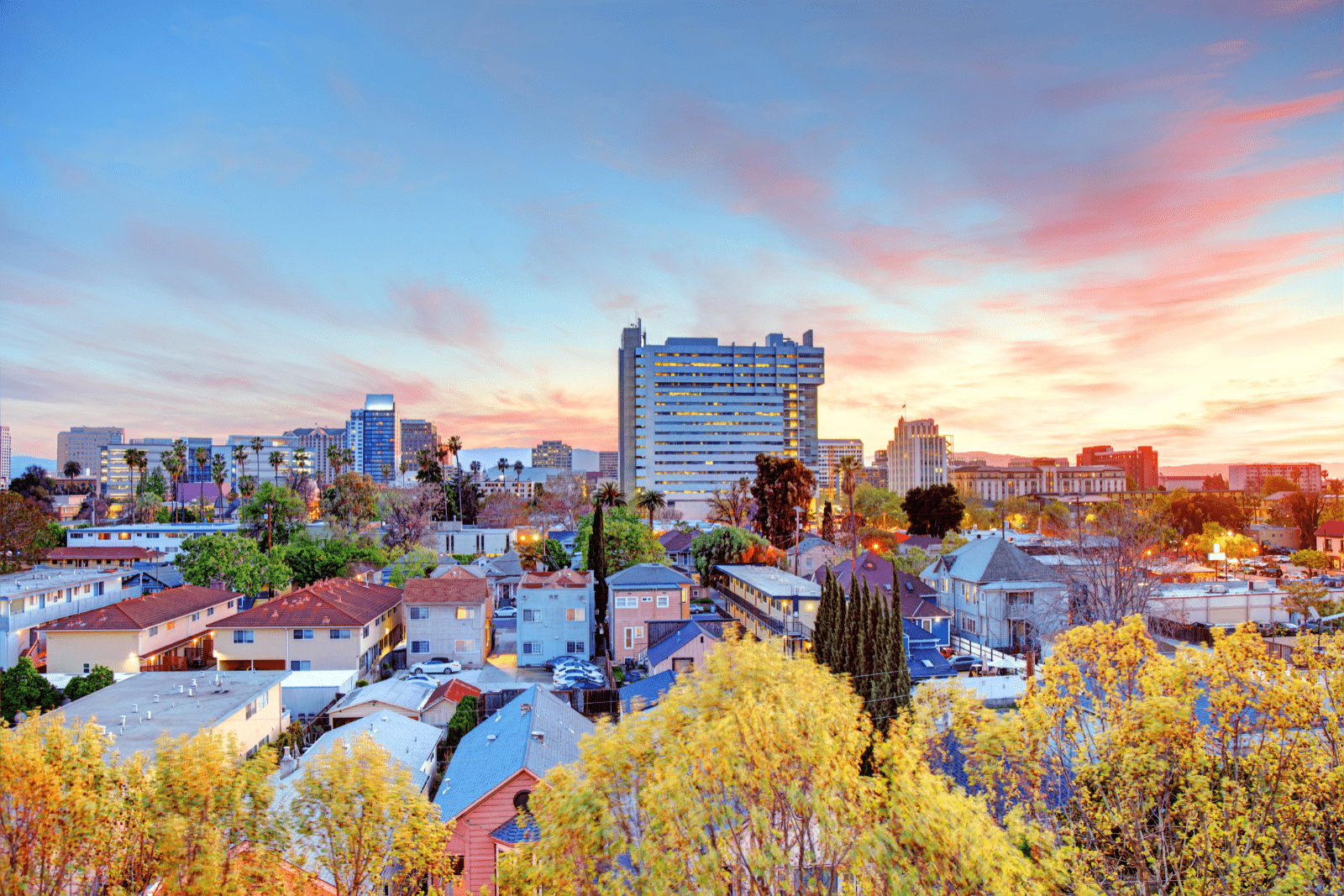We have much more to do and your continued support is needed now more than ever.
Living Near Nature is Linked to Lower Healthcare Costs

Human well-being and nature are inextricably linked. Parks, natural areas, and neighborhood green spaces improve our quality of life and provide numerous health, social, economic, and ecological benefits to individuals and communities.
For instance, by cooling cities that experience the “urban heat island effect”, street trees and healthy urban forests make urban areas more climate resilient and equitable while also increasing biodiversity, absorbing stormwater, improving air quality, and providing access to nature.
An expanding collection of scientific literature confirms the positive relationships between nature exposure and improved physical and psychological health. Spending time in nature has been shown to reduce anxiety, improve sleep, and increase physical activity, among other favorable outcomes. The benefits of spending time outdoors extend to children too: experiences in nature can help kids alleviate stress and even improve concentration and academic performance.

To further make the case for improving access to nature, a new research study finds that living near green space is also linked to lower healthcare costs.
Led by researchers at Clemson University and Kaiser Permanente Northern California Division of Research, the study examined healthcare costs of a diverse population of over 5 million residents in Northern California and compared those costs with the amount of green space and tree canopy cover in their communities.
The study area covered 25,000 square miles in Northern California, comprising 22 counties with suburban neighborhoods, rural landscapes, and large urban centers, including the greater San Francisco, Oakland, San Jose, and Sacramento metropolitan areas. The population of the study region was made up of approximately 25% Hispanic/Latinx, 25% Asian/Pacific Islander, 7% Black, and 40% non-Hispanic whites. The study was funded by the U.S. Forest Service’s Urban and Community Forest Grant Program within the Department of Agriculture.

The researchers employed satellite data from the Normalized Difference Vegetation Index to measure the presence of vegetation in the region and remote sensing imagery, municipal tree inventories, and tree plot inspections from the Fire and Resource Assessment Program (FRAP) at the California Department of Forestry and Fire Protection to measure tree canopy coverage.
Then, they determined how much the health care system spent to care for each patient (not how much each individual spent of their own money). The research revealed that the annual average healthcare cost was $374 lower per person per year for those who live in areas with more green space and tree cover.

“Our study adds to the growing body of literature that has found living in greener areas is tied to beneficial short- and long-term health outcomes,” says study principal investigator and study co-author, Dr. Matthew H. E. M. Browning, associate professor in the Clemson University Department of Parks, Recreation and Tourism Management.
“This is the first study to directly link trees and other forms of urban greenery with economic benefits in the form of health care spending,” added Browning.
Green space benefits communities
The findings bolster the need for public policies and investments that support urban forestry planning and management and the development of more green space and natural infrastructure in residential neighborhoods. To address and improve health, social, and environmental inequities, these investments should be prioritized in communities where redlining, discriminatory policies, and historical disinvestment have created disparities in tree cover and access to safe green spaces, ensuring that everyone can receive the benefits—and lower health care costs—of nature.
To find the percentage of tree canopy in your town and compare it to race, income, and other demographic data, check out the Tree Equity Score from American Forests. Visit Garden for Wildlife for resources on how to create wildlife habitats at home or in your community. To learn how your community can work together to restore or create habitat and green spaces, consider joining the Community Wildlife Habitat program.





















